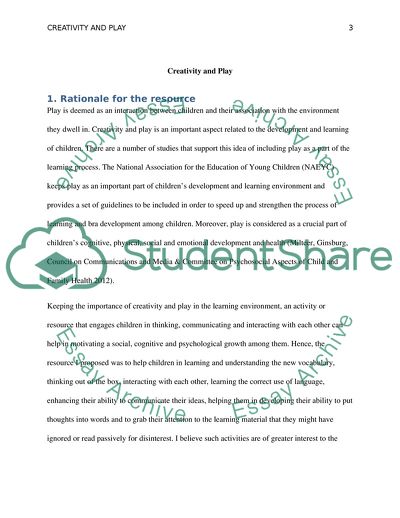Cite this document
(Children Learning Development Activity Coursework Example | Topics and Well Written Essays - 3250 words, n.d.)
Children Learning Development Activity Coursework Example | Topics and Well Written Essays - 3250 words. https://studentshare.org/education/1876237-creativity-and-play
Children Learning Development Activity Coursework Example | Topics and Well Written Essays - 3250 words. https://studentshare.org/education/1876237-creativity-and-play
(Children Learning Development Activity Coursework Example | Topics and Well Written Essays - 3250 Words)
Children Learning Development Activity Coursework Example | Topics and Well Written Essays - 3250 Words. https://studentshare.org/education/1876237-creativity-and-play.
Children Learning Development Activity Coursework Example | Topics and Well Written Essays - 3250 Words. https://studentshare.org/education/1876237-creativity-and-play.
“Children Learning Development Activity Coursework Example | Topics and Well Written Essays - 3250 Words”. https://studentshare.org/education/1876237-creativity-and-play.


